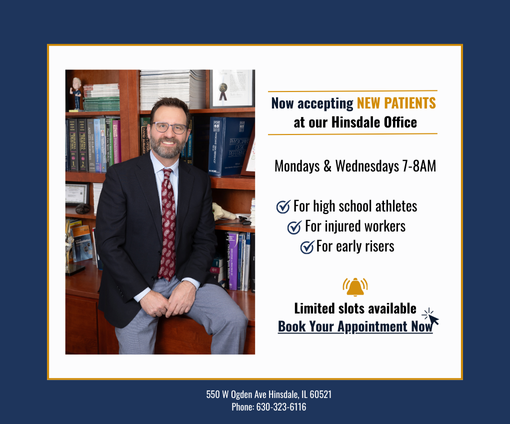Don’t shrug off shoulder pain
More than 4 million people in the U.S. seek medical treatment every year for shoulder problems that account for more than 1.5 million visits to orthopedic surgeons, according to the American Academy of Orthopaedic Surgeons.
Rotator cuff injuries are among the most common shoulder problems. The rotator cuff is a group of four muscles that stabilize your shoulder joint and arm any time you lift, carry or reach away from your body.
Many rotator cuff injuries are sports-related or result from a fall, but natural degeneration with age and wear and tear also can play a role. If you are in your 50s or 60s and suffer a fall or lift something awkwardly, you are at greater risk for shoulder injury. Overuse and repetitive motion with time can injure the rotator cuff.
A tear to the rotator cuff can involve a sudden pop, tearing sensation, or immediate pain—clear signals something is not right. However, there can be more subtle signs of a rotator cuff injury. Many are able to raise their arm that can give a false sense of security. If there is pain with reaching, carrying or lifting, you should see an orthopaedic specialist. Seeking medical attention early is the key to getting the proper treatment.
Shoulder surgery and recovery
Unfortunately, rotator cuff tears do not heal on their own. Repairing the tear by reattaching the rotator cuff tendon to the bone requires surgery. Traditionally, the procedure was performed with a large open incision. However today, most shoulder specialists like myself, prefer a less invasive technique called arthroscopic rotator cuff repair. Through a few small incisions (about one-quarter of an inch), a camera and small instruments allow the orthopaedic specialist to see and maneuver around the shoulder and repair the torn rotator cuff without cutting through muscles and tendons.
However, surgery is just the first step. Allowing the shoulder to heal and participating in physical therapy is necessary to regain function. Recovery time can be lengthy, particularly if you are an athlete or weekend warrior who wants to get back in the game.
Injury prevention
To avoid shoulder injuries, always use proper lifting techniques and give your body sufficient time to recover from physical activity. Take the time to learn proper form and gradually build your strength. It is easy to get hurt if you dive into an activity without being conditioned. Gradually increasing the intensity, frequency and duration of an activity is the best way to achieve your goals—while minimizing the likelihood of injuries.
For over 15 years, Dr. Steven Chudik treats patients at his Shoulder, Knee and Sports Medicine clinic in Westmont and Western Springs, Illinois. To schedule an appointment, call 630-324-0402, or schedule online.









